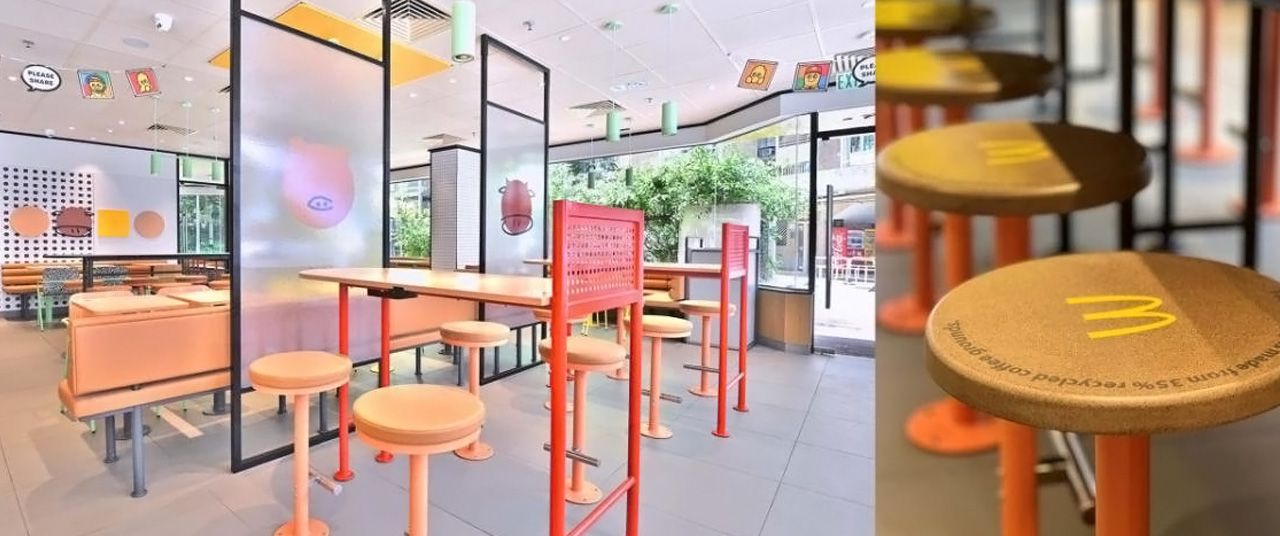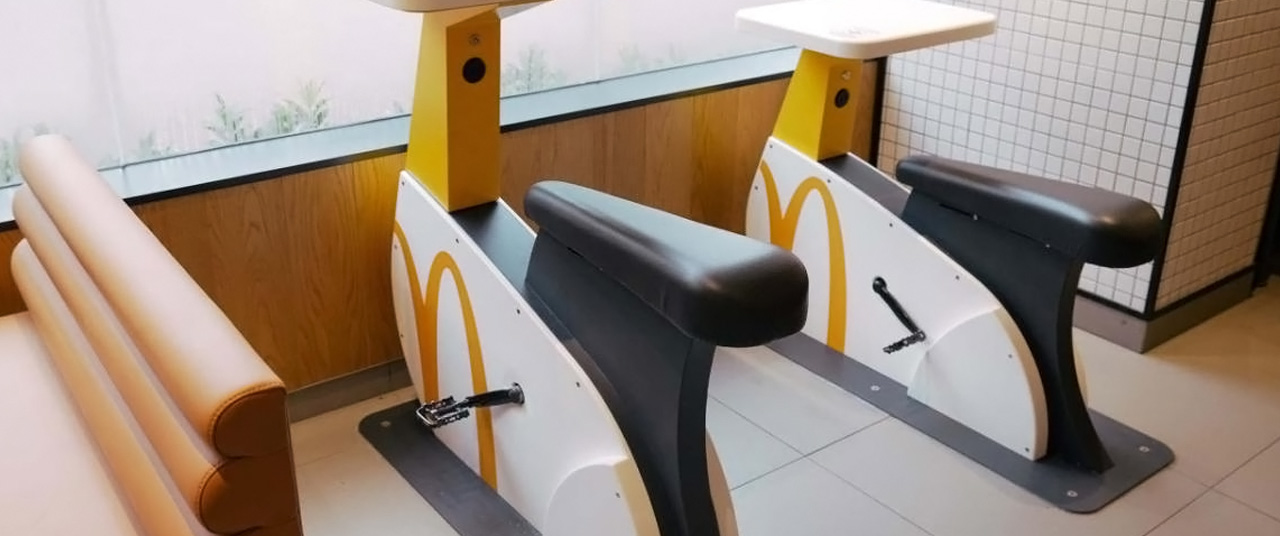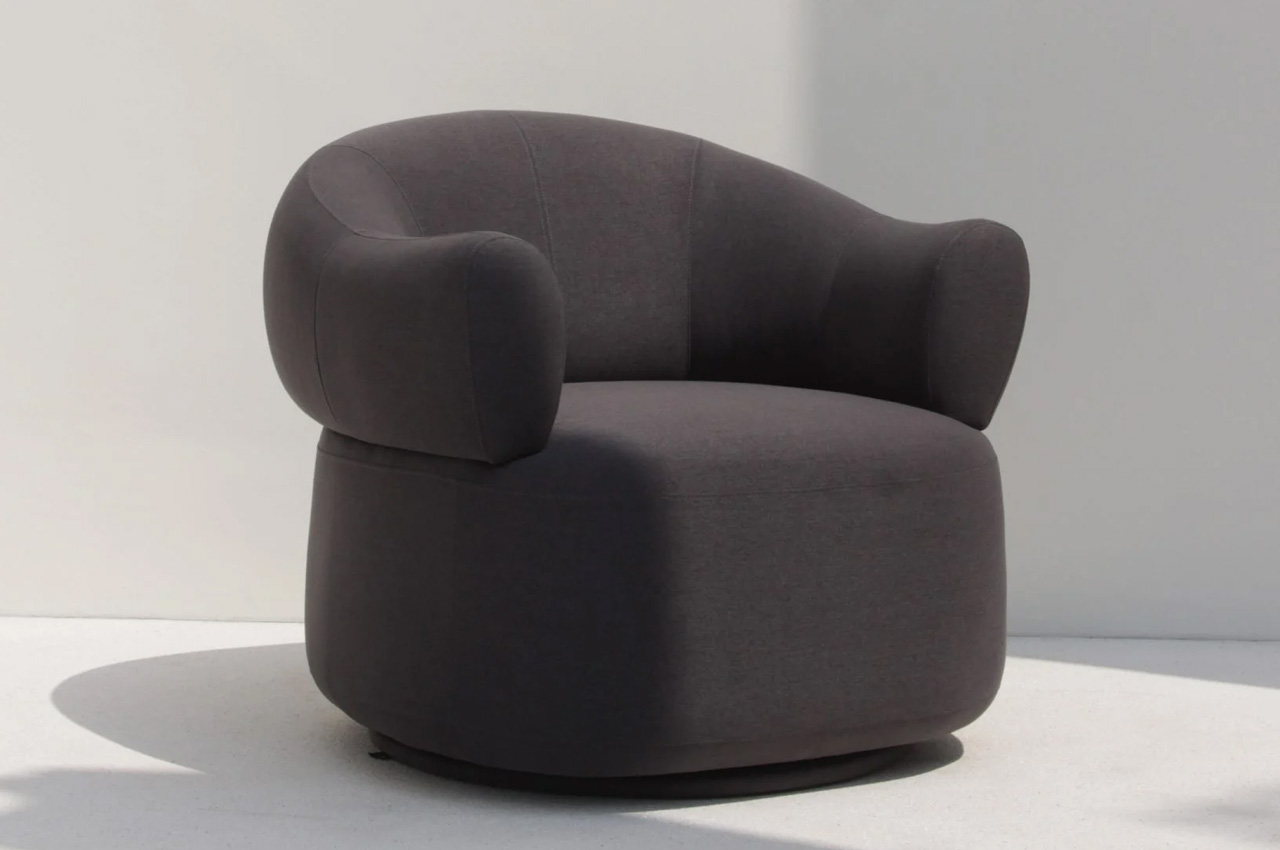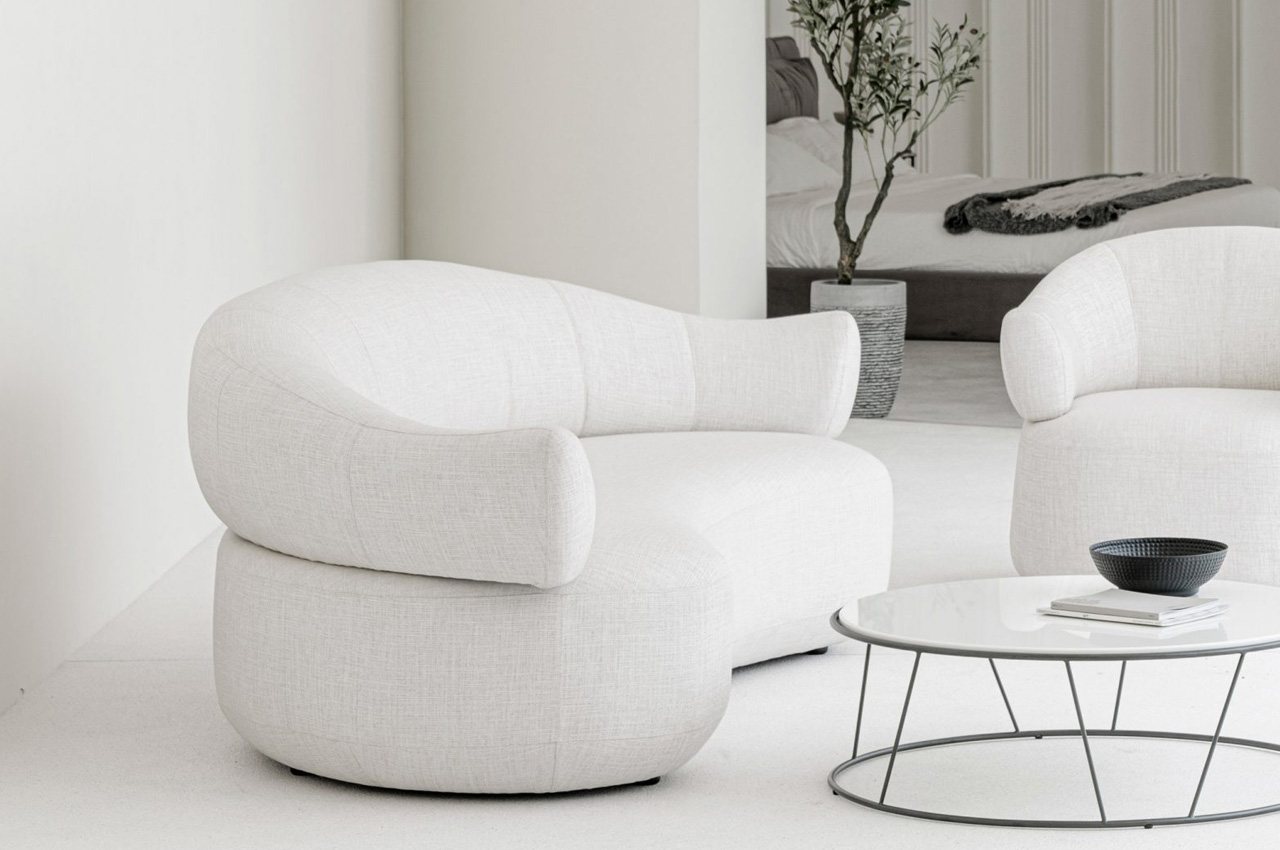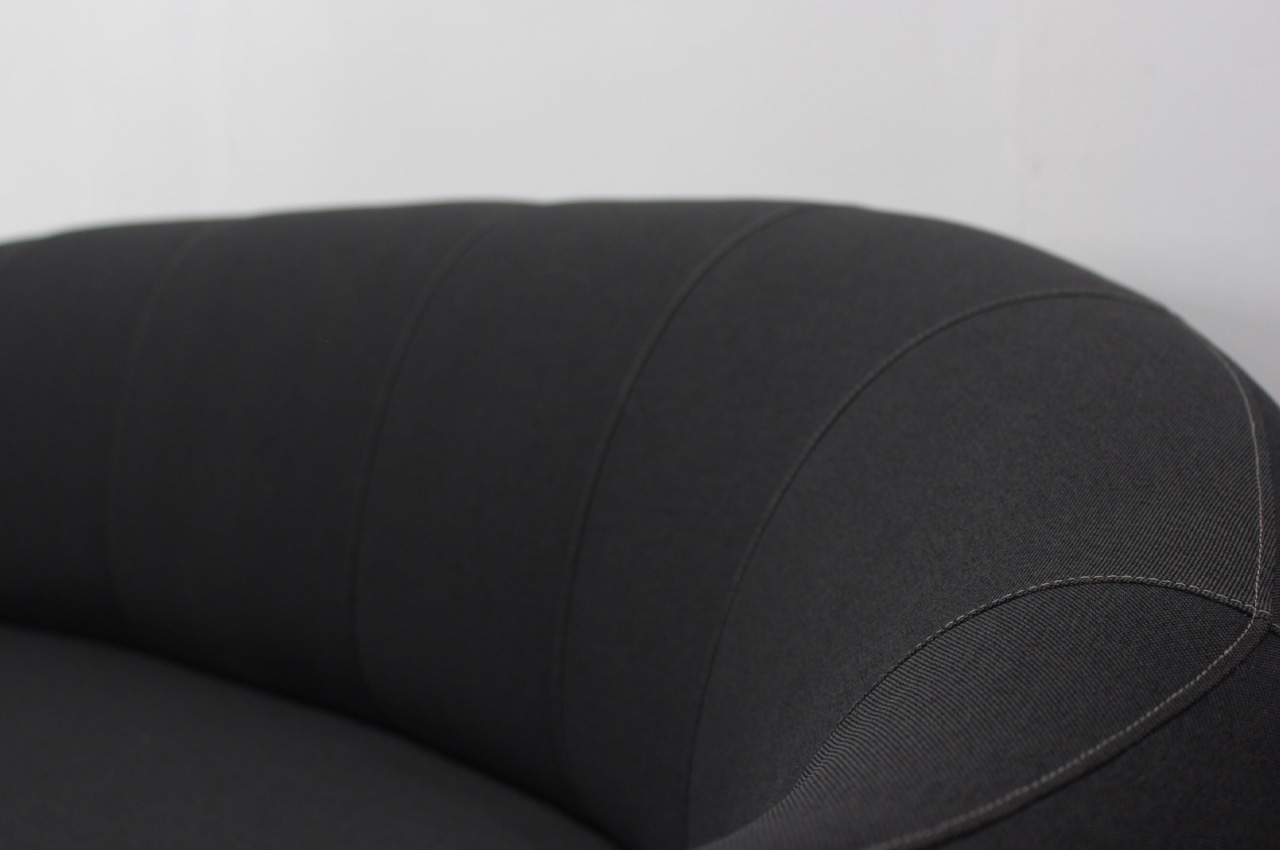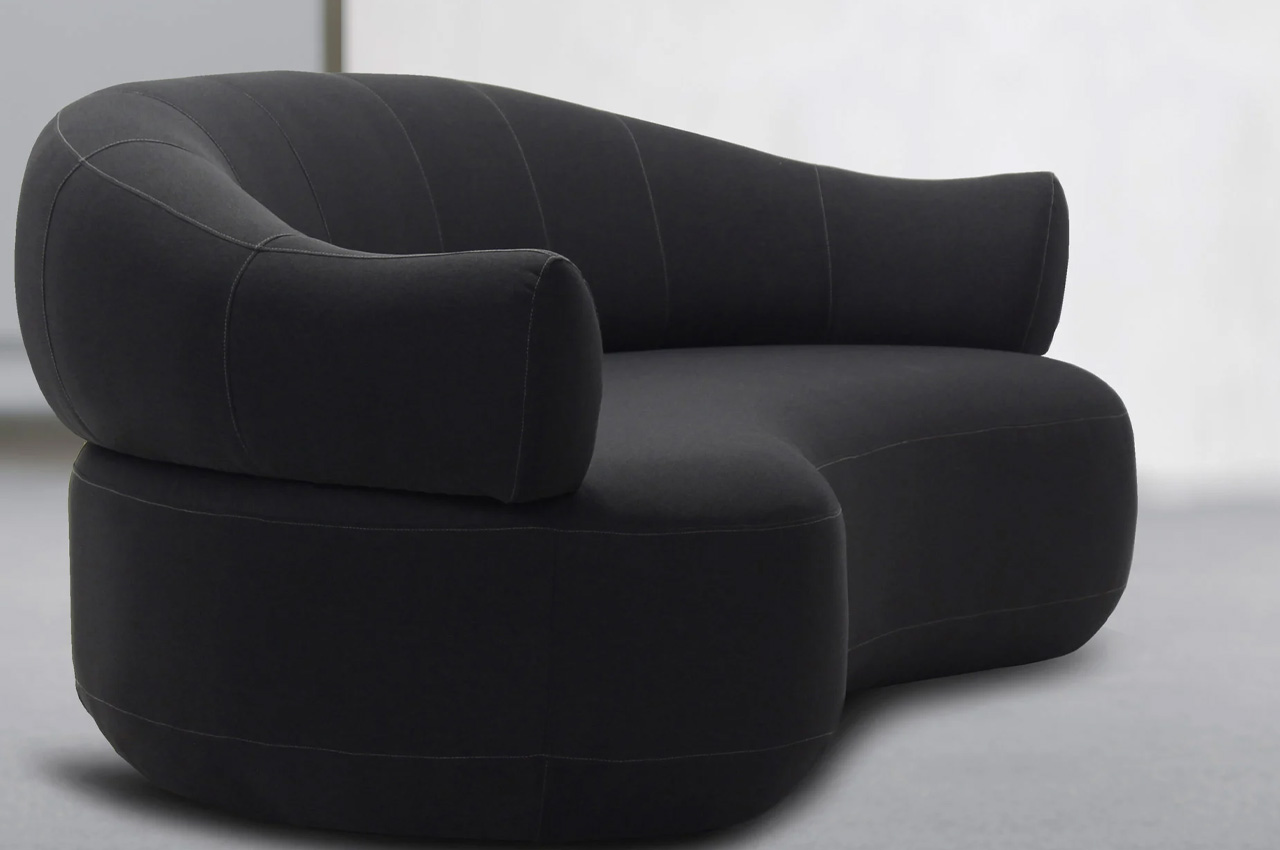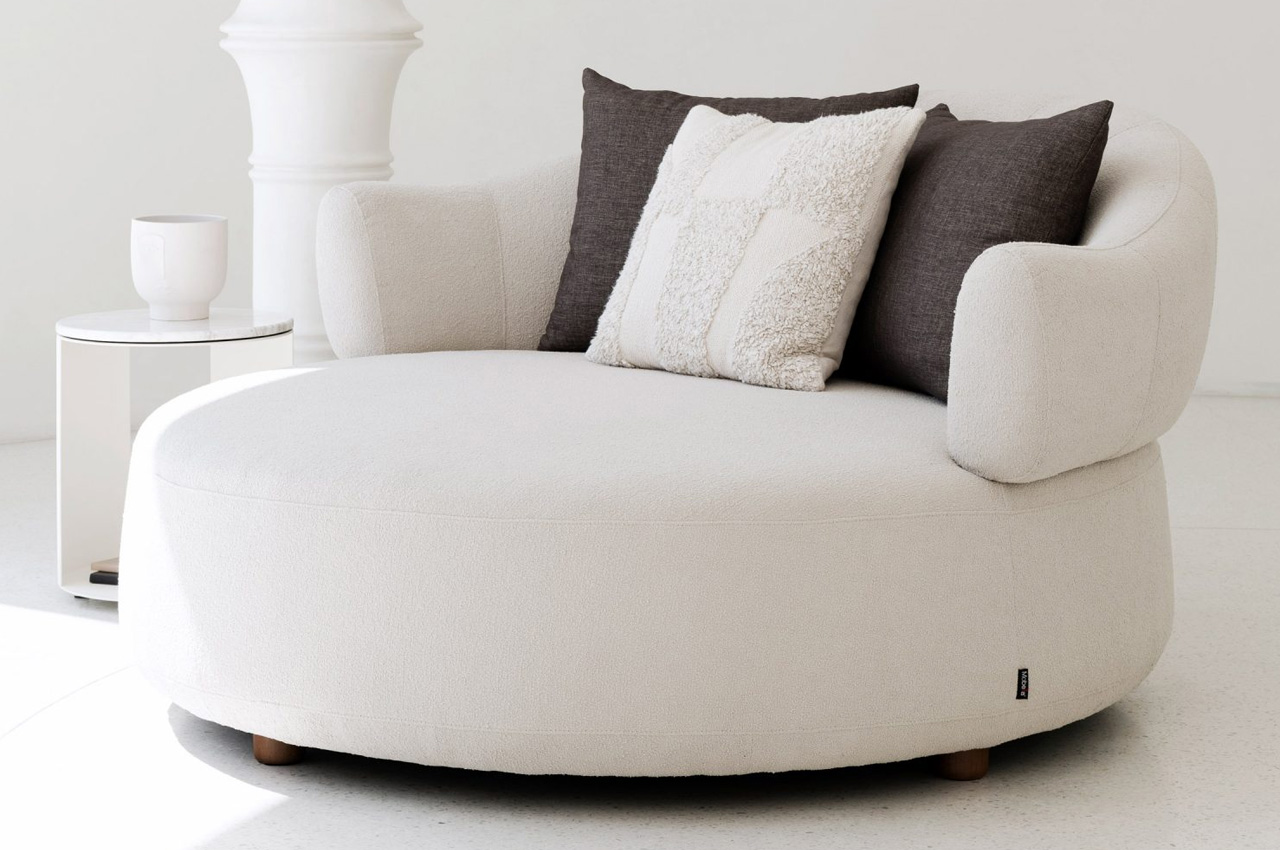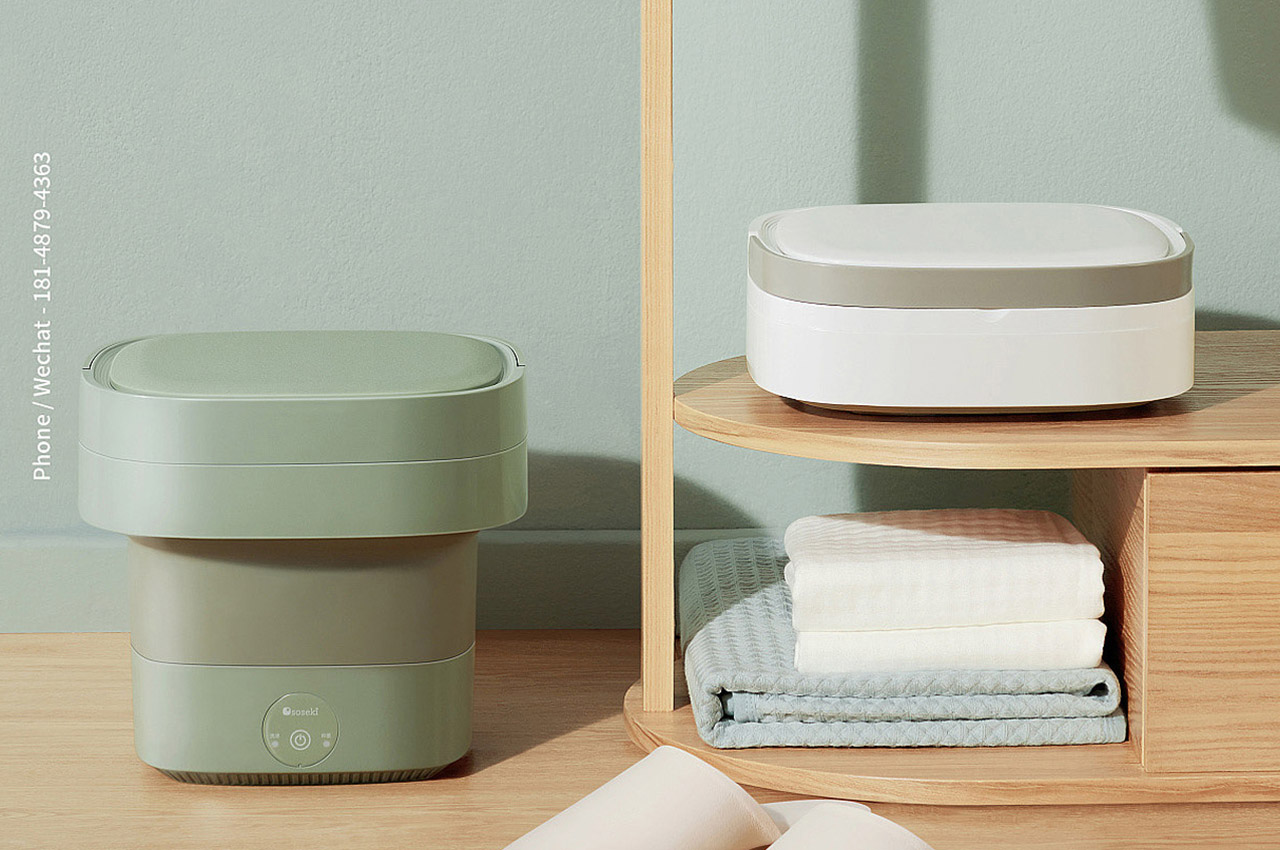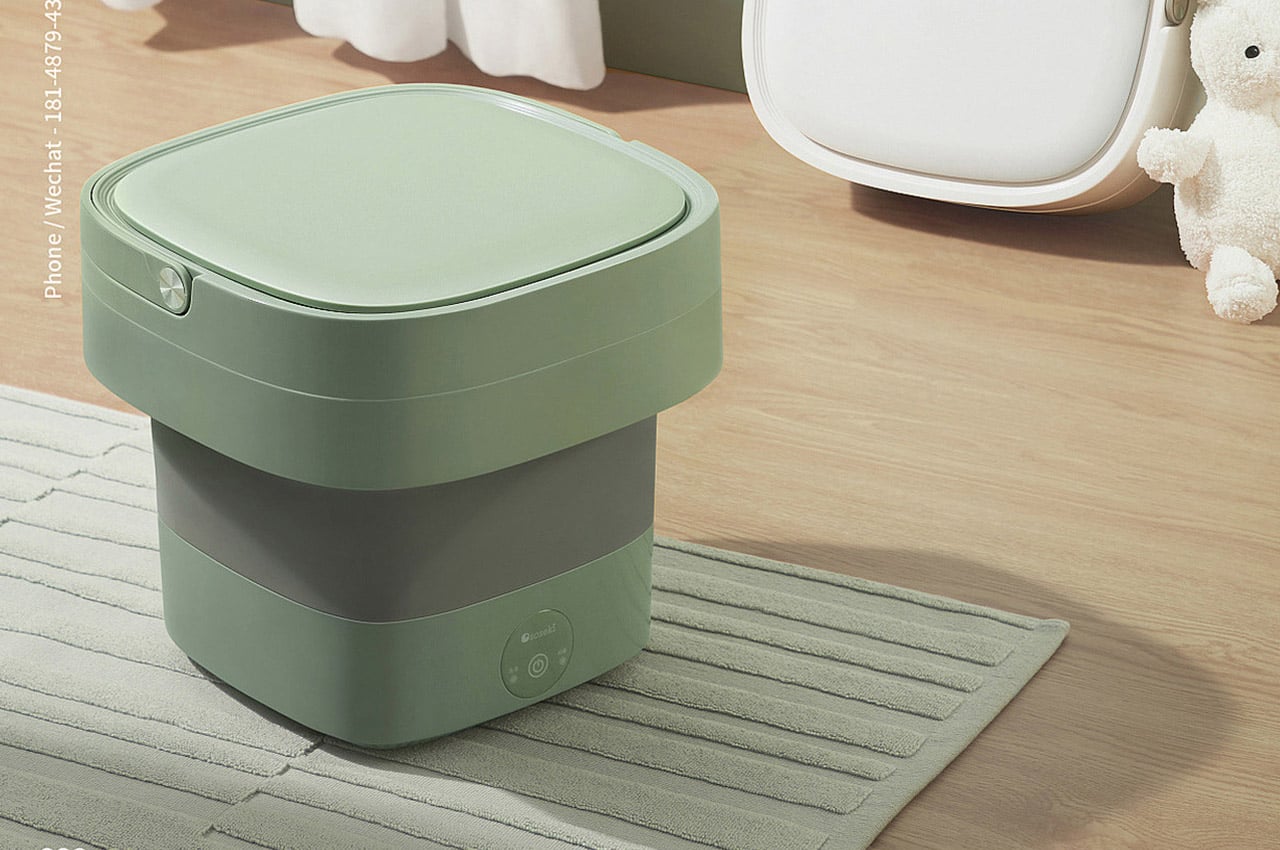
I spend a substantial amount of my day on my desk, typing away to glory. Most of the time I also end up eating my meals on it! And binge-watching on Netflix as well. And I’m sure that’s the case with most of us, since working from home became the new norm, and our home offices became our new hang-out spots. But having a great desk is really important! Simply a ‘good’ desk won’t do either. A great desk helps us work comfortably and effectively. It puts us in the right mindset, helping us achieve our daily productivity goals and checkmark all the tasks on our to-do list! Not only should our desks be clean, but they should also sport an ergonomic and functional design! And good looks are an added bonus. And finding a desk that does all of the above can be a Herculean task. But worry not! We’ve curated a collection of innovative, highly functional, and aesthetically pleasing desk designs, that will end your hunt for a great desk once and for all! From an IKEA-worthy minimal foldaway desk to a convertible standing desk that doesn’t use motors to change forms – there’s a perfect desk in here for everyone.
1. Flow Wall Desk


Meet the Flow Wall Desk – an excellent piece of office furniture for office spaces that aren’t too large. The desk is functional and decorative while maintaining a sustainable and simple design philosophy.
Why is it noteworthy?
When “stored” and folded up, it looks like a piece of art on your wall with its minimalist, geometric shapes. Initially, it’s a flat canvas and when you unfold it, it looks like a “spiraling caterpillar” and you realize that it is turning into a desk where you can work, read, or write in your journal.
What we like
- Features a convenient flatpack form
- Multifunctional furniture design
What we dislike
- Folding and unfolding the desk whenever you need to use it means we can’t have a constant setup
2. FlexiSpot

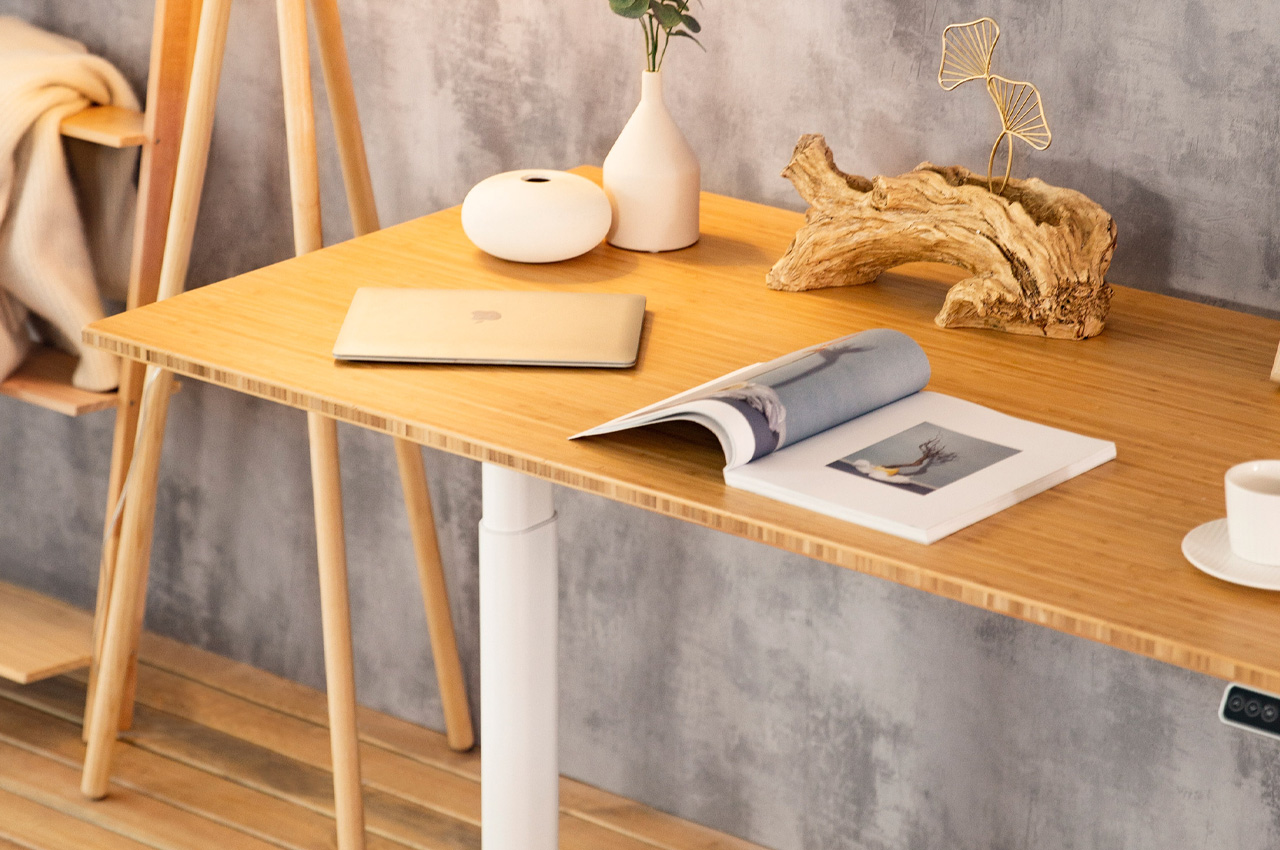
Designed by FlexiSpot, the Kana Pro Bamboo Standing Desk is an ergonomic, height-adjustable desk that features a unique desktop – one that is made from bamboo.
Why is it noteworthy?
The bamboo desktop is the focal point of the desk, and it intends to bring an element of warmth to your home office. Also according to FlexiSpot it “has twice the durability of ordinary wood”.
What we like
- Equipped with a dual-motor lifting system
- Features an anti-collision safety feature
What we dislike
- No option for color/style customization
3. The Eto Desk
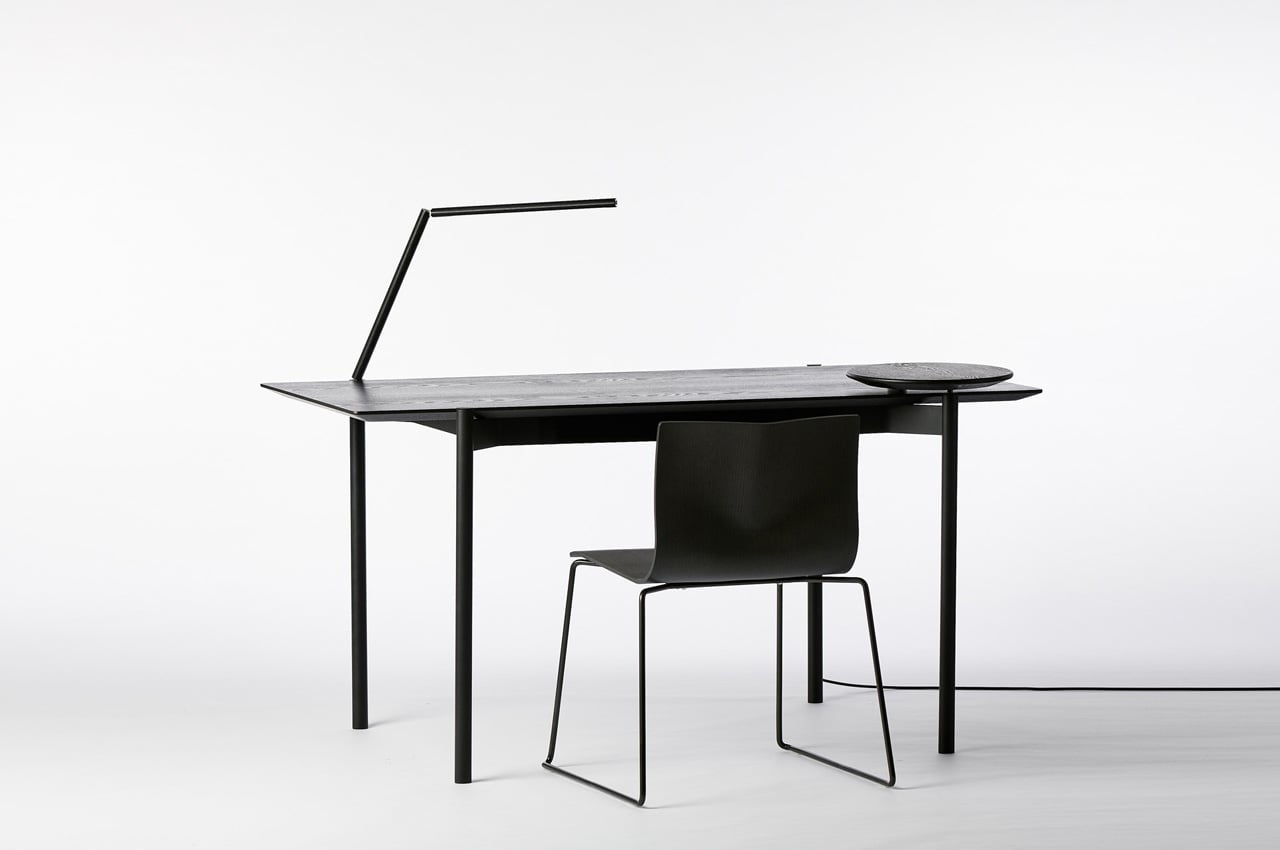

Designed by Australian designer Tom Fereday for the furniture brand King, the Eto desk features minimal angles and integrated smart accessories.
Why is it noteworthy?
The desk is quite sleek and minimal and includes an aluminum frame and a timber veneer top that is available in three finishes – Smoked Oak, American Walnut, and Congo.
What we like
- Equipped with a slim desk built into the design that provides discreet and easily accessible storage for stationery
What we dislike
- Aesthetics are a bit simple and unassuming
4. Hideaway Swing Desk


The Hideaway Swing Desk is no ordinary desk! Primarily because it’s not just simply a desk, it’s also a sleek and elegant sideboard.
Why is it noteworthy?
In its original state, the Hideaway Swing Desk functions as an excellent sideboard that is perfect for smaller homes. But when you move the furniture piece at a 90-degree angle, it transforms into a functional and sturdy workspace.
What we like
- Designed to be a flexible storage solution that can solve a variety of problems in modern homes
What we dislike
- Space-consuming + bulky design
5. Alada Folding Desk
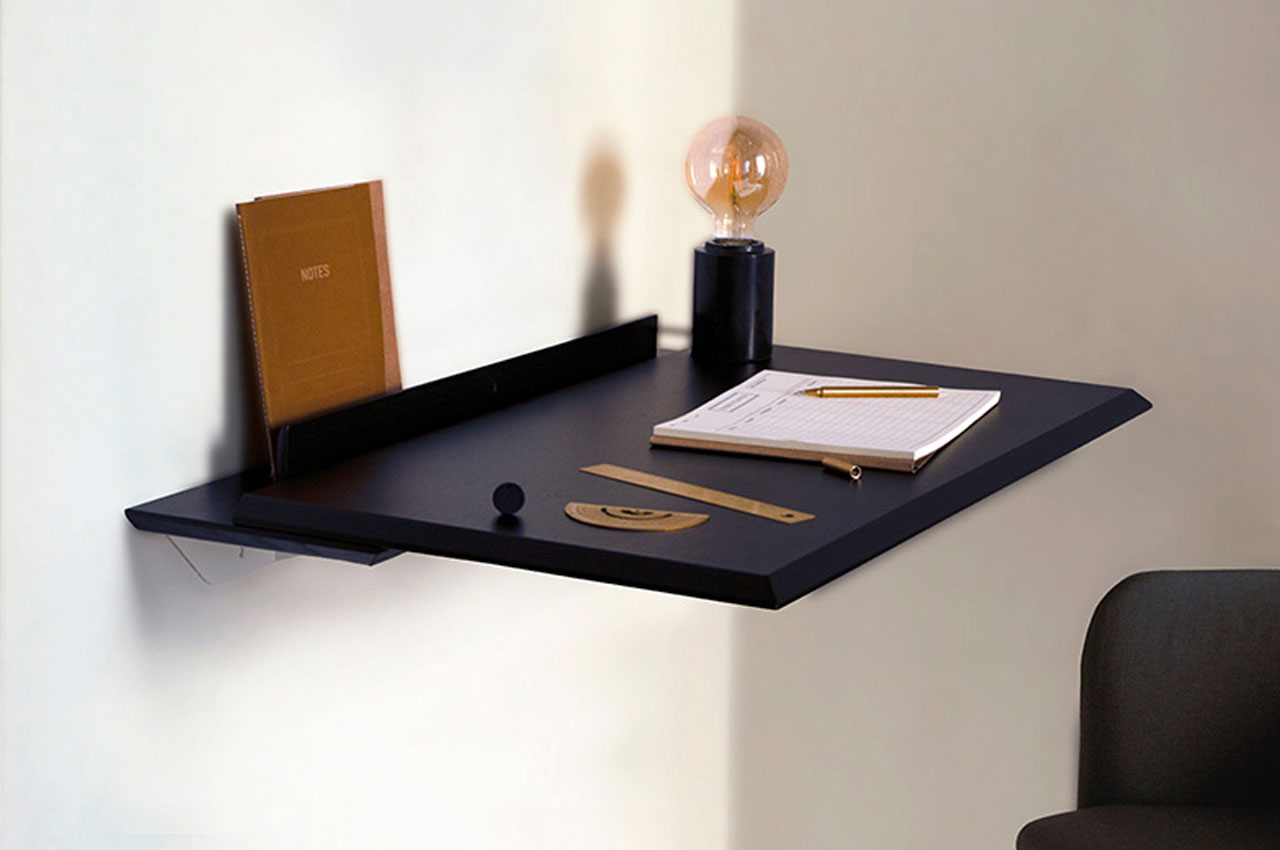

The Alada Folding Desk is a nifty and convenient space-saving desk that doubles up as an adorable decorative shelf. You can transform the desk into a display shelf in seconds, and it can hold your favorite souvenirs and potted plants.
Why is it noteworthy?
Sanchez designed the Alada desk, as he witnessed an ever-growing need for smart and flexible desk designs for working at home. Since work from home is a pretty common norm nowadays, it’s important to have a transformative and space-saving workspace at home – one that can be neatly tucked away when your workday ends!
What we like
- Equipped with hidden storage spaces when folded up
What we dislike
- Not the best option for people who prefer large and elaborate desks
6. The eFloat Go 2.0 desk

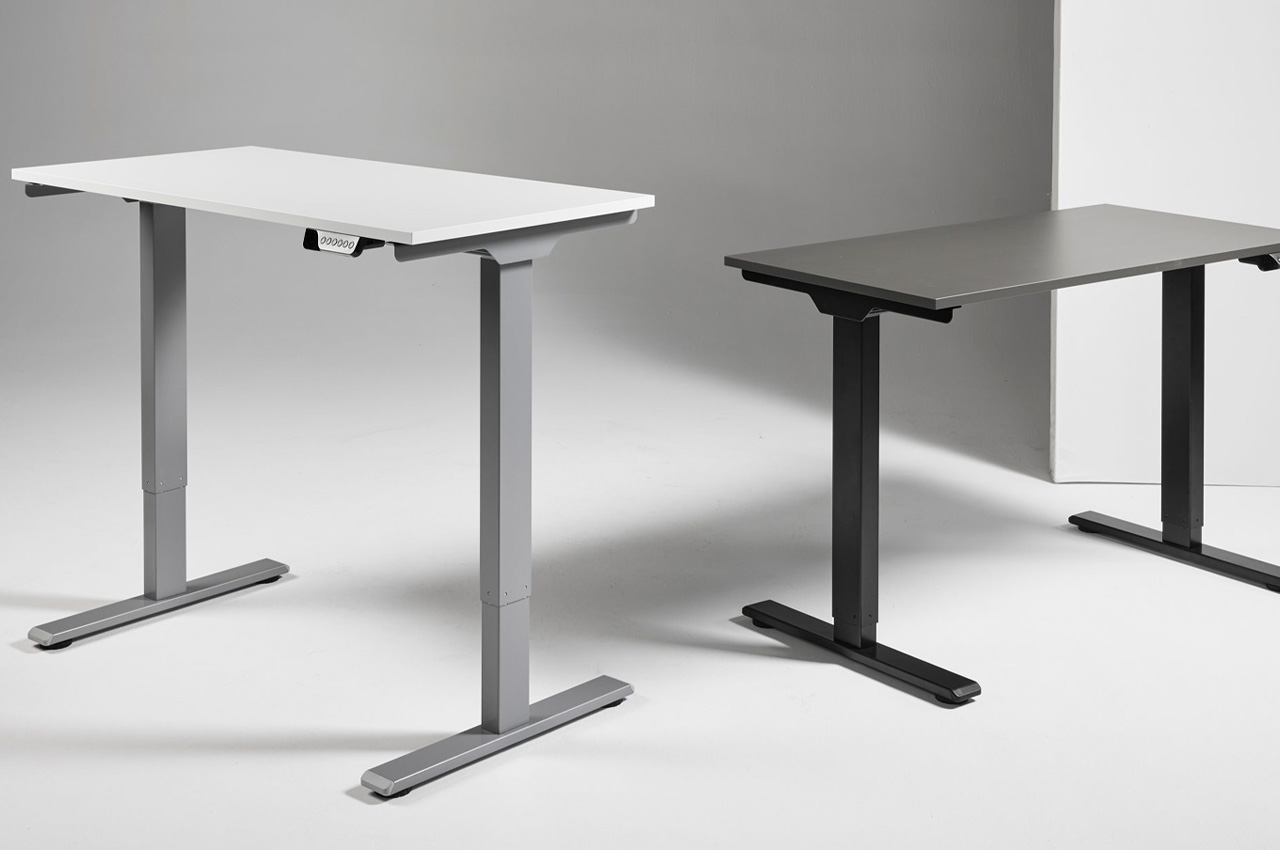
The eFloat Go 2.0 desk is the ultimate adjustable standup desk designed by workplace furniture brand Humanscale. The desk is simple and precise amped with advanced anti-collision sensors.
Why is it noteworthy?
The eFloat Go 2.0 consists of a height-adjustable table base equipped with updated sit/stand technology. Anti-collision sensors and quiet motors were added to the desk to ensure smooth and hassle-free transitions between both modes.
What we like
- Easy and efficient to install while featuring a wide range of work surfaces and depths
What we dislike
- The desk has metallic and sharp edges, so not advisable to be placed around children
7. Axis Desk
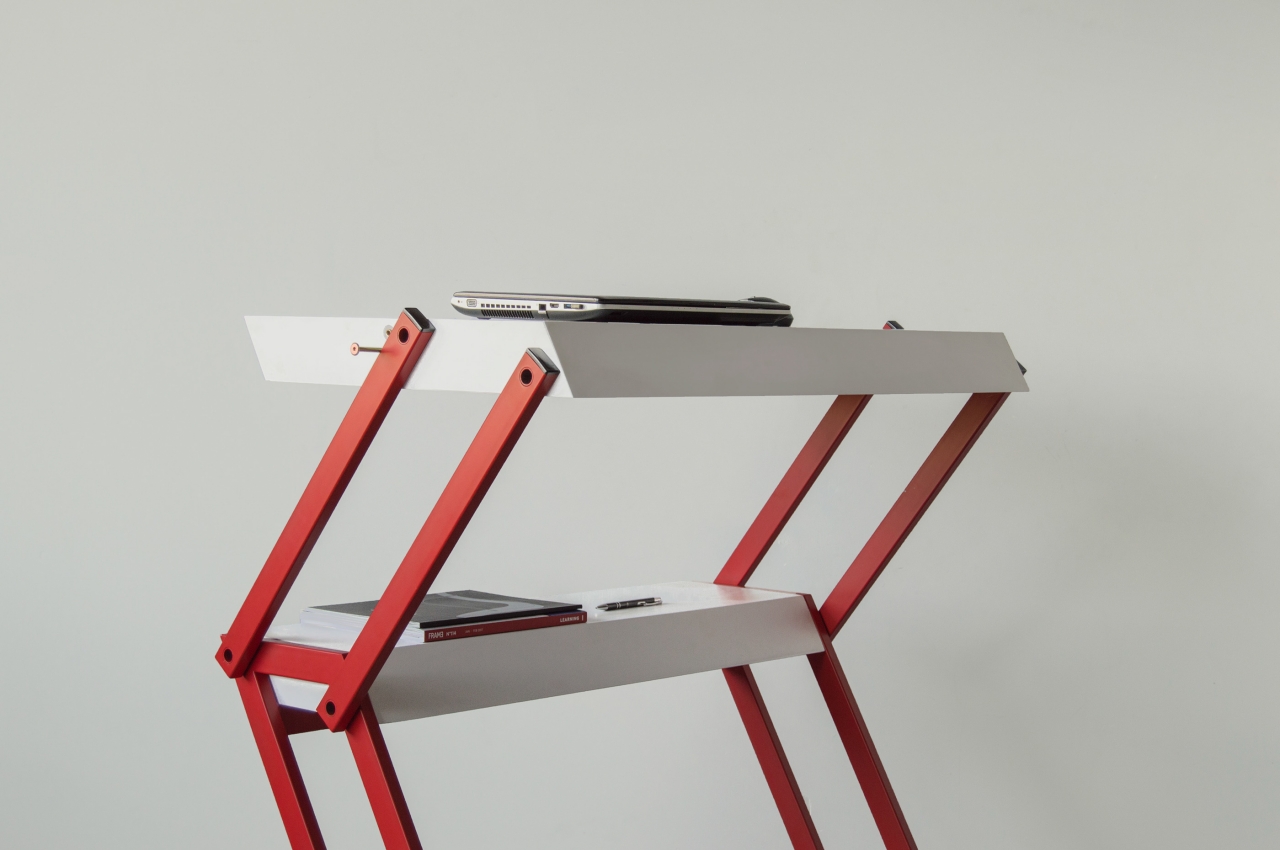
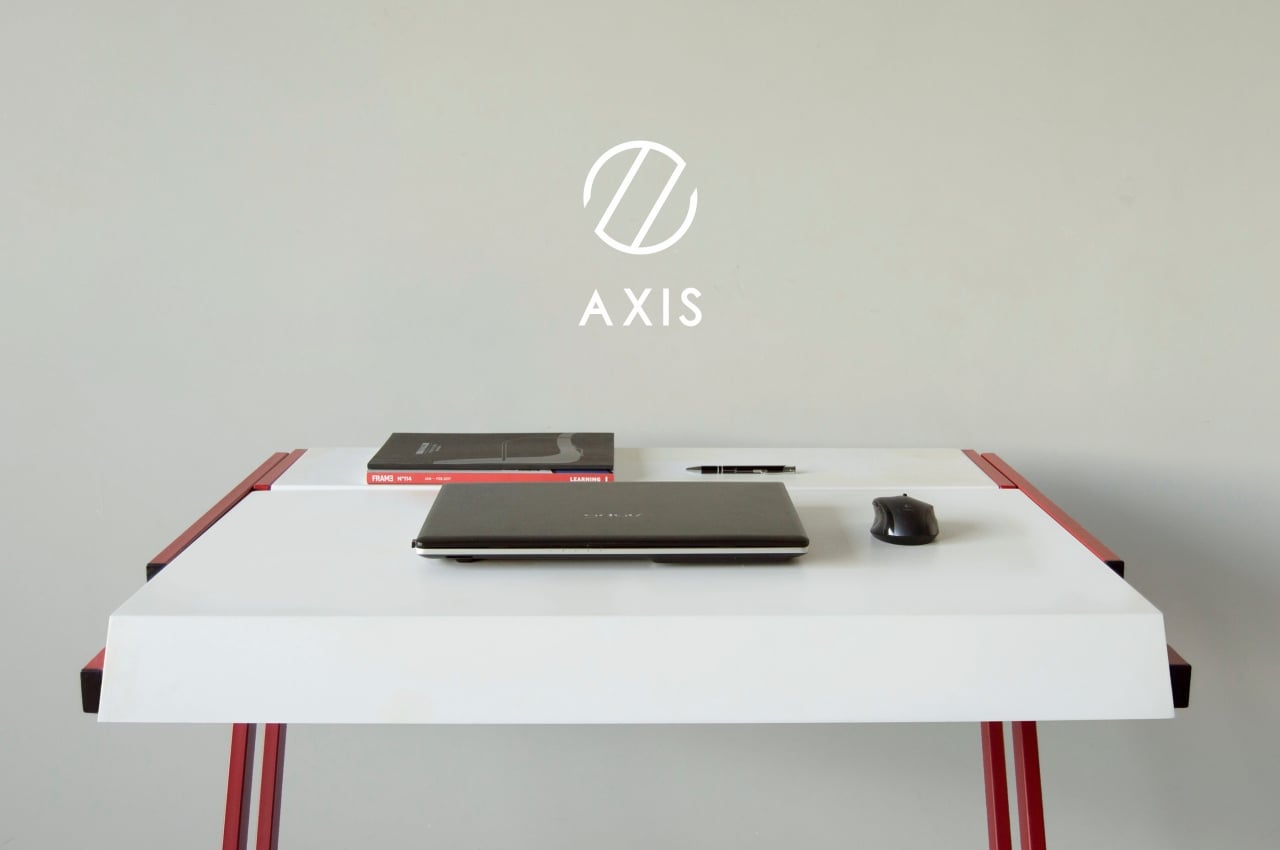
The Axis concept is a mechanical standing desk that allows you to enjoy the benefits of a healthy working lifestyle without breaking your back or bank!
Why is it noteworthy?
The Axis concept uses a simple axis mechanism, hence the name, to move the larger desk surface up or down as needed. As a bonus, part of the desk actually remains in position and is a good place to put items you’re less likely to move, like supplies or desk organizers.
What we like
- Doubles up as a temporary bookshelf
- Replacement parts are easy and cheap to purchase
What we dislike
- We run the risk of objects falling/rolling off the desk when we transform the desk
8. Buddyhub Desk


Designed by Busetti Garuti Redaelli for Pedrali, the Buddyhub Desk is a cozy-looking round-edged desk equipped with a sound-absorbing fabric panel that is wrapped around the outer edge of the desk.
Why is it noteworthy?
It functions as a private cocoon for employees to work in without being disturbed by other employees. The sound-absorbing fabric panel is available in a range of soft and pastel colors which team up with the rounded and cushy form of the desk to create a furniture design that is soothing, fun, and playful.
What we like
- Can be customized with a wide range of optional accessories
What we dislike
- There are similar designs in the market
9. Field Desk

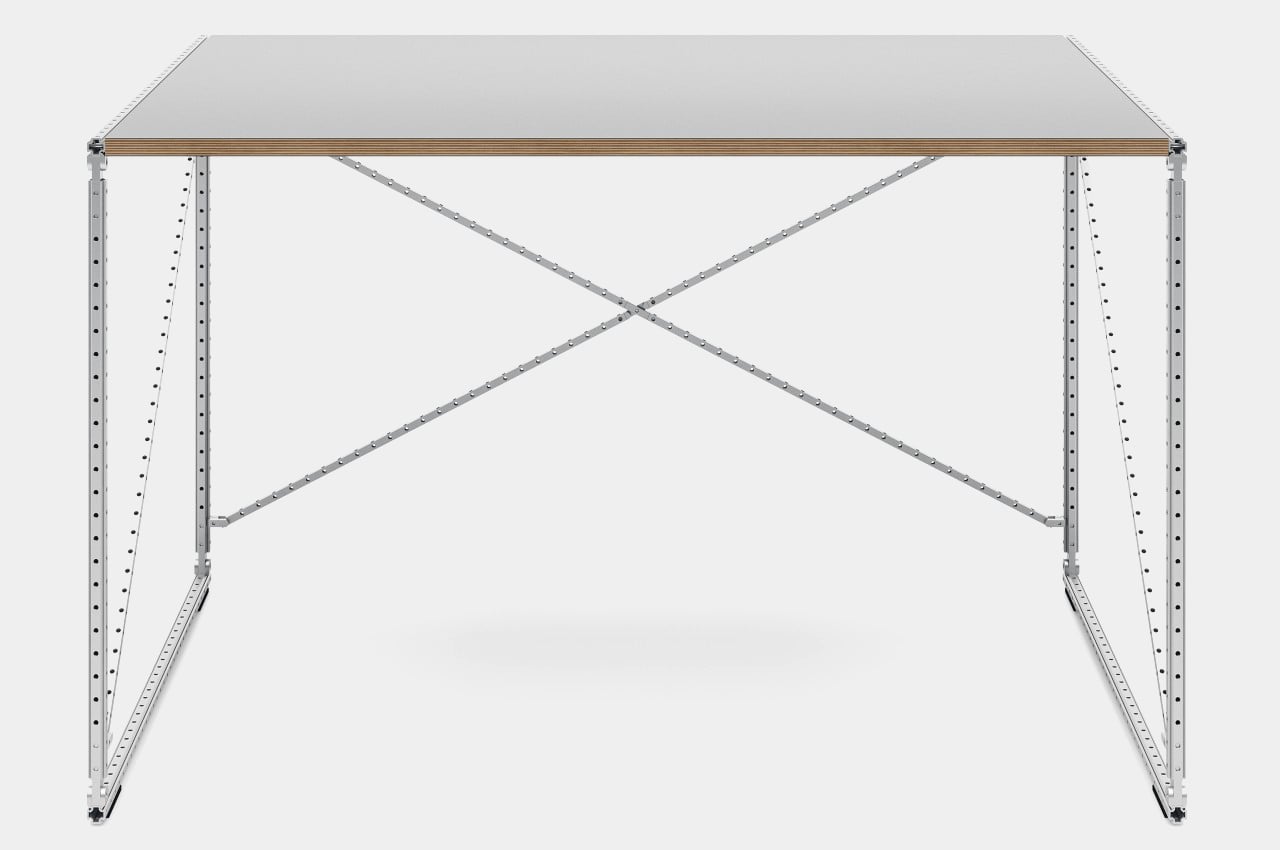
teenage engineering which is quite well known for its funky-looking electronic music products has designed a modular desk that is used by its own workforce. They provide the framework to which the modules can be attached later on!
Why is it noteworthy?
This table is the very same table that teenage engineering uses, so there has to be some trick to its simplicity. That trick is what it calls its “field rail system,” an open-ended range of interconnecting aluminum rails that enables attaching modules or additional parts to a piece of furniture like the field desk.
What we like
- Employees can design their own personalized workspace
- Made using 75% recycled aluminum by Scandinavian manufacturer Hydro
What we dislike
- The aesthetics are very industrial in nature, not allowing much visual customization
10. Kabinett


Conceptualized by Stockholm-based designer Alexander Lervik and manufactured by Finnish furniture manufacturer Adea, the Kabinett is a minimal and sturdy cabinet designed for modern home offices…that also doubles up as a work desk!
Why is it noteworthy?
Kabinett is a part of Adea’s Smartwork range, and it aims to function as an ergonomic set-up for home offices. While functioning as an efficient work table, Kabinett also serves as a rather stylish and elegant dresser.
What we like
- Multifunctional + ergonomic design
- Its minimal aesthetics are a plus point since this allows the furniture to seamlessly merge with all kinds of home offices
What we dislike
- Bulky + space-consuming design, not ideal for small homes
The post Top 10 Ingenious Desk Designs Every Remote Worker Needs In Their Home Office first appeared on Yanko Design.

